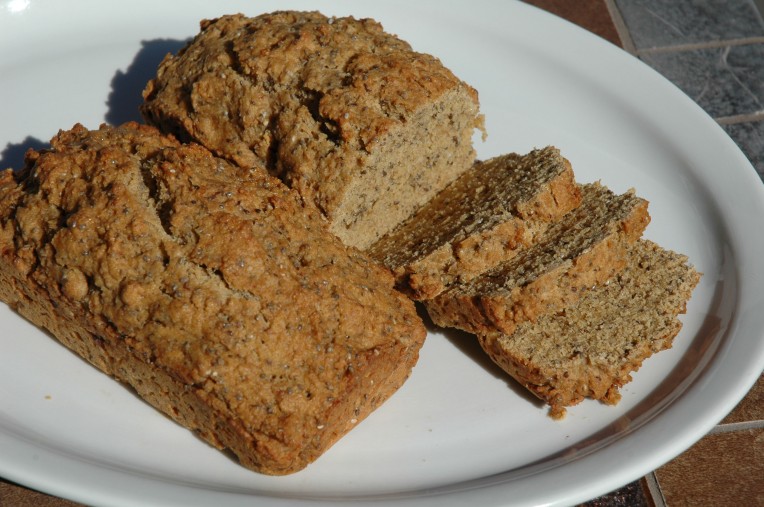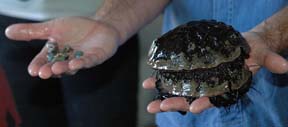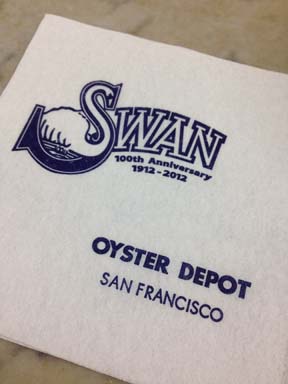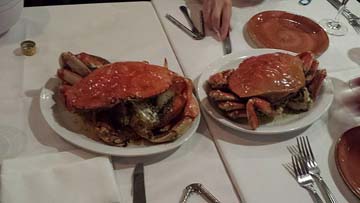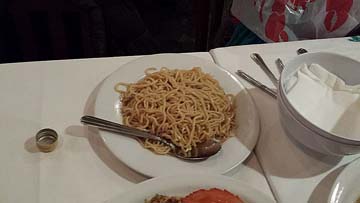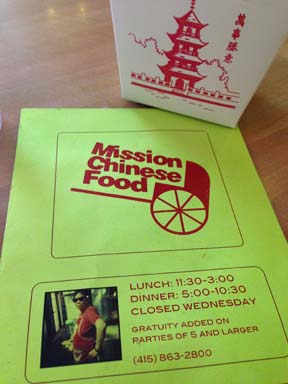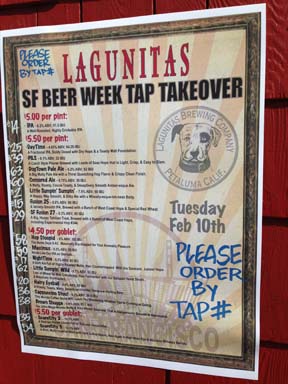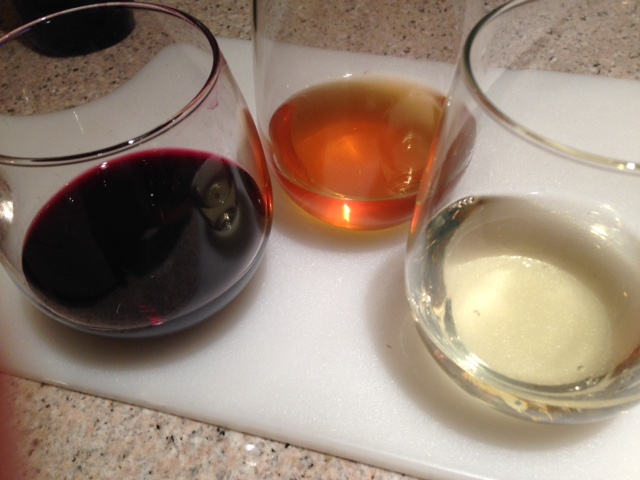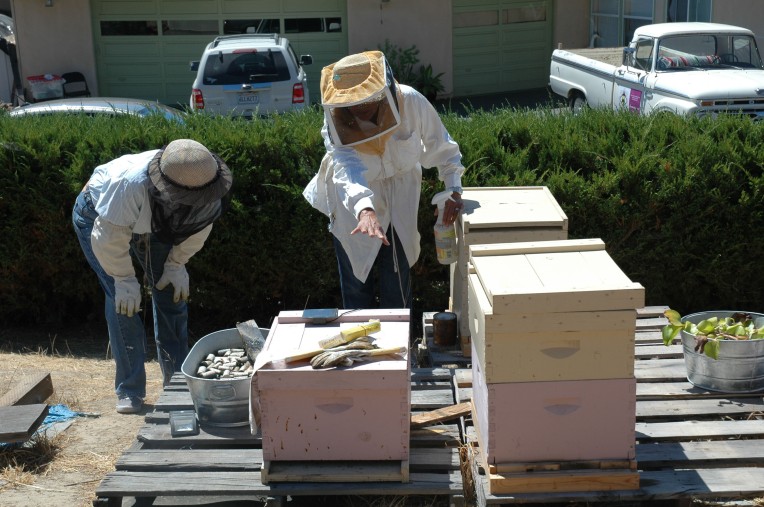The original version of this article appeared in my “Local Flavors” column in the Tribune newspaper on April 9, 2015. In light of what recently happened with the West Coast sardine fishery (closed because the population has crashed), this is a look at a fishery that not only came back, but is now rated sustainable by Seafood Watch and the Marine Stewardship Council.
This article also opened my eyes to a pretty surprising statistic, which South Bay Wild notes on their website: “Currently, 90% of the fish harvested in the U.S. gets shipped overseas, while we import 80% of the fish we consume!”
By Katy Budge
If you want a line on locally caught, fresh from the boat, sustainable seafood, check out the catch from the Seitz family’s South Bay Wild.
The fish that Rob and Tiffani Seitz sell are considered West Coast groundfish. Among the species are Petrale Sole, Dover Sole, Rock Fish, Lingcod and Black Cod (aka Sablefish or Butterfish), none of which were considered sustainable a decade ago. However, thanks to years of dedicated efforts, the entire West Coast groundfishery was certified sustainable by the Marine Stewardship Council in June, 2014, and all the species within it were recently rated “Best Choices” by the Monterey Bay Aquarium’s Seafood Watch.
In 2000, numbers of West Coast groundfish had plummeted so far that the entire fishery was declared a federal disaster. Severe restrictions were put in place as the challenging process of rebuilding the populations back to a sustainable level began.
One of the possible solutions that emerged was a catch share program, which put a quota on the total number of fish each fisherman can catch annually. In 2006, amid concerns that those shares might be scooped up by large corporate interests, The Nature Conservancy (TNC) stepped in and bought quota rights from several individual California fishermen who wanted out of the collapsed fishery.
TNC then leased those quotas back to fishermen willing to employ methods aimed at getting the fishery back on its fins. With the aim of also keeping the local fishing industry sustainable, TNC transferred some of its quotas to the non-profit Morro Bay Community Quota Fund (formed in 2013), which makes them available to local fishermen.
Last year, the Seitzs took advantage of this program to purchase both a quota share and their F/V (fishing vessel) South Bay. Captain Rob — a commercial fisherman in Astoria, Oregon from 1992 to 2011 — and crew work the boat out of Morro Bay, using a sustainable trawling rig to catch the groundfish. Also onboard is a federal observer, who must be present at all times to monitor methods and catch sizes.
Several local restaurants source fish from the F/V South Bay, including Artisan in Paso Robles, Foremost Wine Company in San Luis Obispo, and Dutchman’s Seafood House and Giancarlo’s in Morro Bay. Individuals can purchase fresh fillets from the South Bay Wild booth at farmers’ markets in Baywood on Mondays, Paso Robles on Tuesdays, and Morro Bay on Thursdays. (One customer at the latter market explained that her husband was also a local fisherman, and remarked that “when a fisherman’s wife buys fish from another fisherman – you know it’s good!)
Only fillets are sold at the markets, but with an advance order the Seitzs will sell whole fish that they’ll break down for you. In addition, they’re setting up a web-based system that will allow you to “purchase” product as soon as it’s caught – essentially putting emailed dibs on the fish.
Overall, South Bay Wild’s business model is a “triple bottom line” approach, but that doesn’t refer to fishing lines. It’s an inclusive philosophy concerned not just with sustainable environmental practices, but also social and economic benefits.
“We’ve all worked very hard over the last decade to make this a sustainable fishery,” said Tiffani, and “we want to keep as much of our product going to locals as possible.” That approach helps keep dollars within the community, and represents South Bay Wild’s own effort to buck the surprising statistic noted on their website: “Currently, 90% of the fish harvested in the U.S. gets shipped overseas, while we import 80% of the fish we consume!”
For more information on South Bay Wild, or to sign up for their fish updates, go to southbaywild.com.
For more information about sustainable fish choices for consumers, go to the Monterey Bay Aquarium’s listings at seafoodwatch.org or the Marine Stewardship Council’s website at msc.org.
Rob Seitz was also featured in the 2014 annual report The Nature Conservancy in California (digital pages 8-9).


